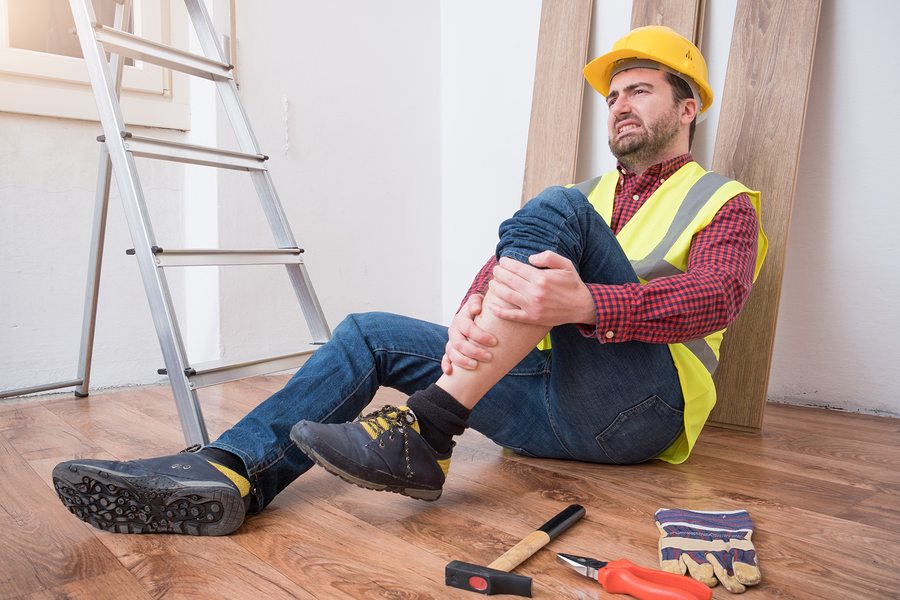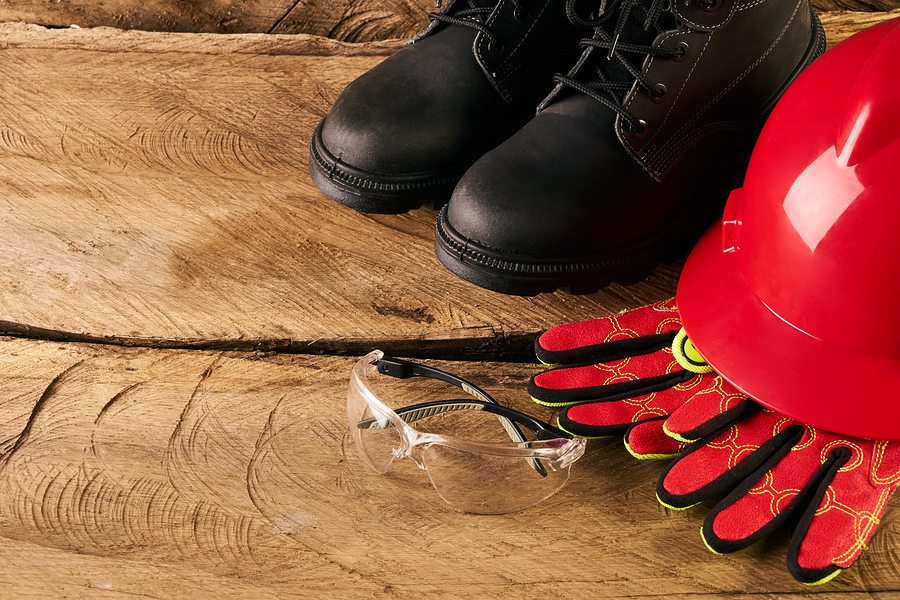The Occupational Safety and Health Administration (OSHA) compels employers to ensure that their employees’ working environment and conditions are safe and free of any apparent dangers. Workplace safety inevitably requires strict training and inspections in order to be effective, as well as complete adherence to all the regulations and rules that are set in place. Most workplace accidents and ailments are able to be prevented by following strict protocols and safety plans.
Employers should never ignore their staff taking shortcuts that compromise the health and safety of their day-to-day operations. Cutting corners and ignoring health and safety regulations could lead to hazardous and inevitably life-threatening situations that could negatively affect you and your employees. Below we have highlighted 5 workplace safety mistakes that should be avoided at all costs.
1. Ignoring PPE rules
Personal Protective Equipment (PPE) should be worn throughout the entirety of any tasks that require it. Uncomfortable temperatures or overly-nonchalant attitudes should not excuse employees from wearing their PPE at the appropriate times. Conducting periodic PPE assessments allows you to comprehend the PPE that is necessary for your workers and working environment. It is your responsibility as an employer to ensure that your employees are provided with well-fitting PPE that protects them during their day-to-day duties.
2. Using incorrect tools
Using an incorrect (or makeshift) tool for a job is inevitably hazardous and inefficient. Even if a tool is similar to the appropriate one, it is still not advised to use it. Tools are built for specific applications; forcing tools to do things that they are not designed for is inherently dangerous. Employers should always provide their workers with the appropriate tools to carry out their duties.
3. Skipping routine machine inspections
You should always conduct routine machine inspections, even if a machine seems to be working as it should. Machine breakdowns and maintenance procedures can crop up when you least expect them, so be sure to stick to your scheduled machine inspections. Have certified professionals conduct thorough machine inspections that can alert you to any subtle hazards or problems. Though this may take up your time, having an expected machine breakdown in the middle of a busy day can be catastrophic and dangerous.
4. Refusing to review annual safety guidelines
Your business inevitably changes and evolves over time, and your safety guidelines should evolve too. Reassess your safety guidelines every year and be sure to educate your employees about them regularly. You should ideally train your employees with regards to workplace safety regulations on a regular basis, especially if you make changes and modifications to your facilities or processes. The latest version of your health and safety guidelines should always be available for your workers to peruse.
5. Using ladders instead of scaffolding (and vice versa)
Scaffolds and ladders are not interchangeable; they have their own specific purposes. Swapping either of these pieces of equipment for the other can lead to serious injuries and fatalities. There were over 800 fatalities as a result of falls in 2015; it is of the utmost importance that employees working in elevated areas are provided with robust and appropriate equipment for ascending and descending heights.
Always remain organized and proactive when it comes to workplace safety; an accident will occur when you least expect it. When an accident does happen, following the appropriate health and safety guidelines will allow you to rest assured that your employees are as safe as they can possibly be. It also covers your back in the event of legal proceedings and insurance claims.
We’re always looking out for insurance information that affects your finances and your health too. Get in touch with us 24/7 and we will answer any insurance-related questions you may have.


